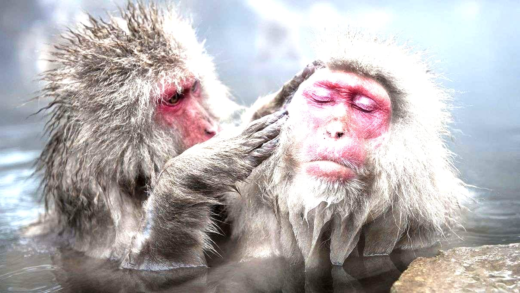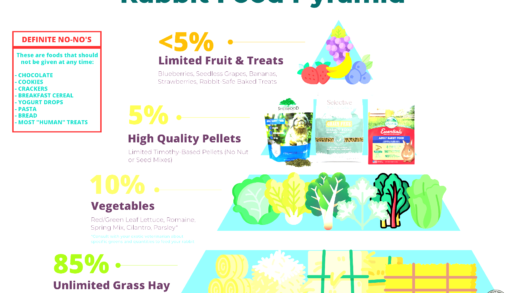The American crocodile has a lifespan of up to 80 years in the wild and over 100 in captivity. Weighing between 400 to 1,500 pounds, they inhabit coastal areas and rivers, primarily consuming fish and small mammals. Key threats include habitat loss, climate change, and poaching. Their adaptations include a slender snout for hunting and effective camouflage. Ecologically, they are apex predators, maintaining balance in their ecosystems and supporting biodiversity.
Lifespan of the American Crocodile
The American crocodile (American crocodile) has a notable lifespan that varies based on environmental conditions and habitat. In the wild, these reptiles can live up to 70-80 years, whereas in captivity, they might reach an impressive age of over 100 years. Factors influencing their lifespan include access to food, predation, and human activities. For instance, in protected environments, American crocodiles tend to thrive, showcasing their longevity.
Weight of the American Crocodile
The American crocodile is a formidable creature, with adults typically weighing between 400 to 1,500 pounds (180 to 680 kg). Males are generally larger than females, and their weight can vary significantly based on age and habitat. An interesting fact is that the largest recorded American crocodile weighed over 2,000 pounds (900 kg). Such immense weight aids these reptiles in hunting and establishing dominance in their environments.
Natural Habitat
The American crocodile is predominantly found in coastal areas, brackish lagoons, and freshwater rivers. Their habitat spans across regions like Florida, the Caribbean, and parts of Central America. They thrive in warm, tropical climates where they can bask in the sun and have access to both freshwater and saltwater. This adaptability allows them to inhabit diverse environments, from mangroves to swamps, showcasing their resilience in various ecosystems.
Diet of the American Crocodile
The American crocodile is primarily a carnivorous predator, feeding on a diverse diet that includes fish, crustaceans, birds, and small mammals. Their hunting strategy is fascinating; they often use a stealthy approach, lurking just beneath the water’s surface. When they spot prey, they can launch a powerful attack, using their strong jaws to capture it. Here are some key points about their diet:
- American crocodiles prefer fish, especially species like mullet and snapper.
- They are opportunistic feeders, meaning they will eat whatever is available.
- Adult crocodiles can consume large prey, including deer and livestock, when the opportunity arises.
- Their diet can vary based on location and availability of food sources.
This adaptability is crucial for survival, especially in environments where food may be scarce. Their ability to hunt efficiently allows them to thrive in various habitats.
Unique Characteristics
The American crocodile possesses several unique characteristics that set it apart from other crocodile species. One of the most notable features is its long, slender snout, which is more elongated compared to other crocodiles. This adaptation is beneficial for catching fish, its primary food source. Key characteristics include:
- The American crocodile can grow up to 15 feet (4.5 meters) in length, with males being significantly larger than females.
- They exhibit a distinctive yellowish-green coloration, providing excellent camouflage in their natural habitats.
- These crocodiles have a unique method of basking; they often lie with their mouths open to regulate body temperature.
- They possess a strong immune system, allowing them to thrive in diverse environments.
Understanding these characteristics not only highlights their adaptability but also their evolutionary success in various ecosystems.
Reproductive Habits
The reproductive habits of the American crocodile are fascinating and crucial for the continuation of their species. Breeding typically occurs during the warmer months, and females build nests on sandy beaches or in vegetation near water. Here’s an overview of their reproduction:
- Females can lay between 20 to 50 eggs in a single clutch, depending on their size and health.
- The eggs incubate for about 80 to 90 days, with the temperature influencing the sex of the hatchlings.
- Once hatched, baby crocodiles are vulnerable and rely on their mother for protection during the early stages of life.
- Parental care is significant; mothers often guard their young for several weeks.
This reproductive strategy helps ensure that at least some hatchlings survive to adulthood, allowing the population to maintain stability.
Threats to the American Crocodile
The American crocodile faces numerous threats that jeopardize its survival in the wild. Some of the primary dangers include:
- Habitat Loss: Urban development, agriculture, and pollution significantly reduce their natural habitats.
- Climate Change: Rising sea levels and changing weather patterns impact nesting sites and food availability.
- Poaching: Illegal hunting for their skin and meat poses a serious risk.
- Human-Crocodile Conflicts: As human populations expand, encounters between crocodiles and people increase, often leading to fatal outcomes for the reptiles.
- Invasive Species: Non-native species can disrupt the food chain and compete for resources.
Addressing these threats requires concerted conservation efforts and public awareness campaigns to protect the American crocodile and its habitat.
Adaptations of the American Crocodile
The American crocodile has evolved a range of adaptations that enable it to thrive in various environments. Some key adaptations include:
- Physical Features: Their long, narrow snouts are ideal for catching fish, while their powerful tails allow for swift swimming.
- Coloration: The yellowish-green coloration provides excellent camouflage in murky waters.
- Behavioral Adaptations: They often bask with their mouths open to regulate body temperature effectively.
- Hunting Techniques: Their stealthy approach and powerful bite make them efficient predators.
These adaptations not only highlight their evolutionary success but also their critical role in maintaining ecological balance.
Ecological Importance of the American Crocodile
The American crocodile plays a vital role in its ecosystem. Here are some key aspects of its ecological importance:
- Top Predator: As apex predators, they help control populations of fish and other prey, maintaining balance in the food web.
- Habitat Creation: Their nesting activities contribute to the formation of habitats for other species, promoting biodiversity.
- Indicator Species: The health of crocodile populations can indicate the overall health of their ecosystems, signaling environmental changes.
- Ecological Engineers: Their presence influences the structure of their habitats, benefiting various organisms.
Understanding the ecological importance of the American crocodile is crucial for conservation efforts, emphasizing the need to protect these remarkable reptiles.





Comments are closed.